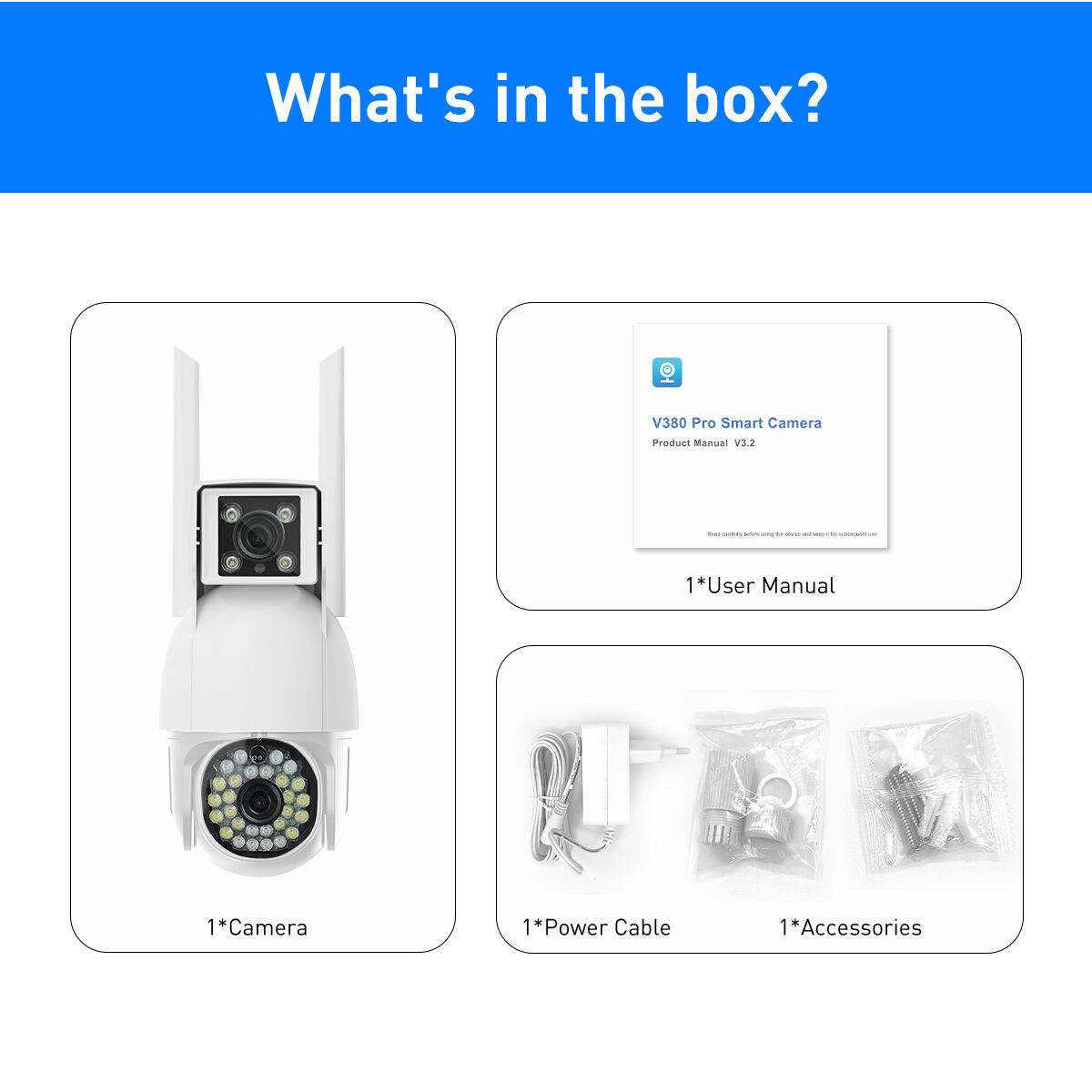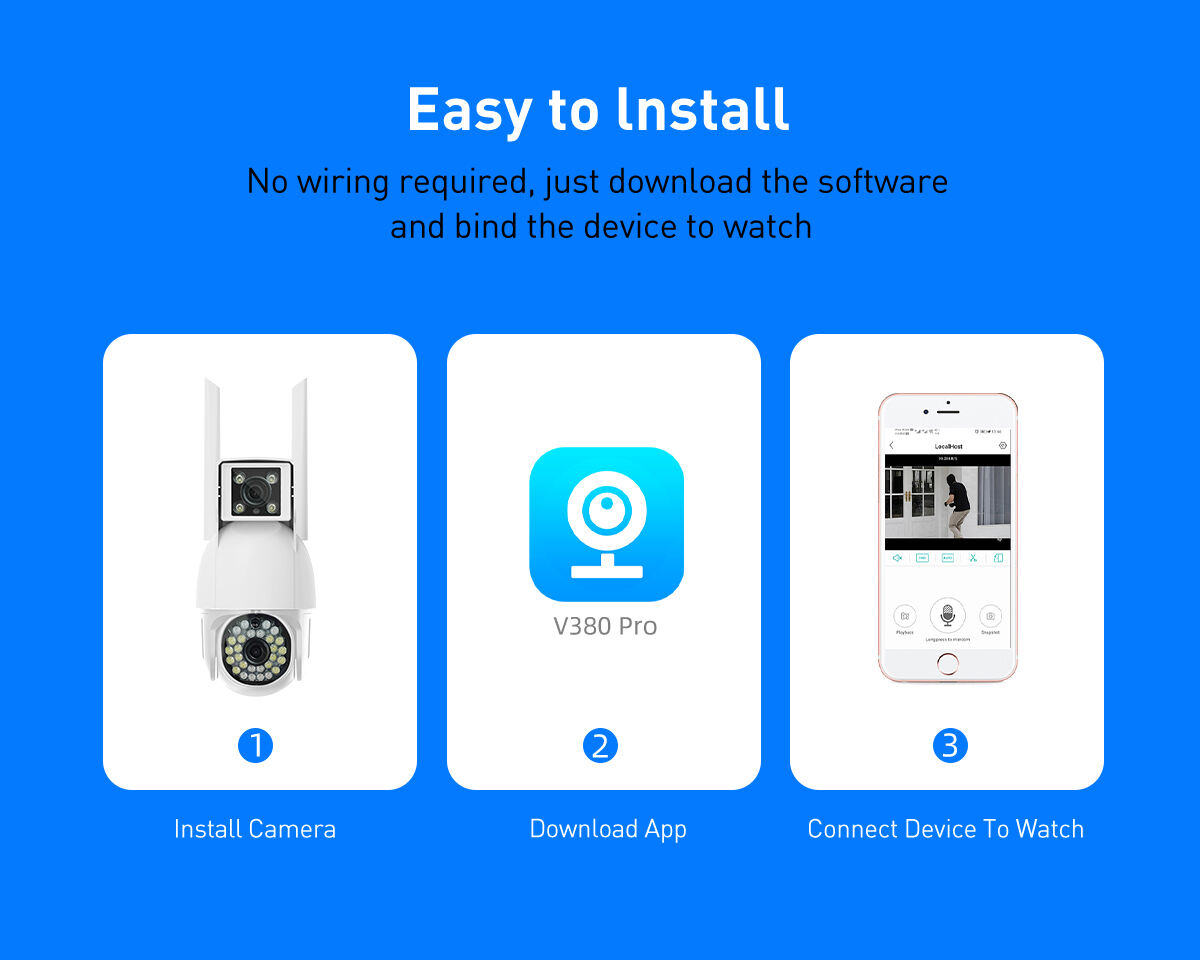dtv dvb c
DTV DVB-C (Digital Television Digital Video Broadcasting Cable) represents a cutting-edge standard for digital cable television transmission. This technology enables the delivery of high-quality digital television content through cable networks, offering superior picture quality, enhanced sound, and efficient bandwidth utilization. The system employs advanced modulation techniques, specifically QAM (Quadrature Amplitude Modulation), to transmit digital signals effectively through cable infrastructure. DTV DVB-C supports multiple programming channels within a single frequency band, maximizing spectrum efficiency while maintaining signal integrity. The technology incorporates powerful error correction mechanisms and robust signal processing capabilities, ensuring reliable reception even in challenging conditions. Compatible with various digital TV services, including standard definition, high definition, and interactive applications, DTV DVB-C serves as a comprehensive solution for modern cable television distribution. The system also facilitates additional features such as electronic program guides, multiple audio tracks, and subtitling options, enhancing the overall viewing experience. Furthermore, DTV DVB-C integrates seamlessly with existing cable infrastructure, making it a cost-effective choice for cable operators transitioning from analog to digital broadcasting.


